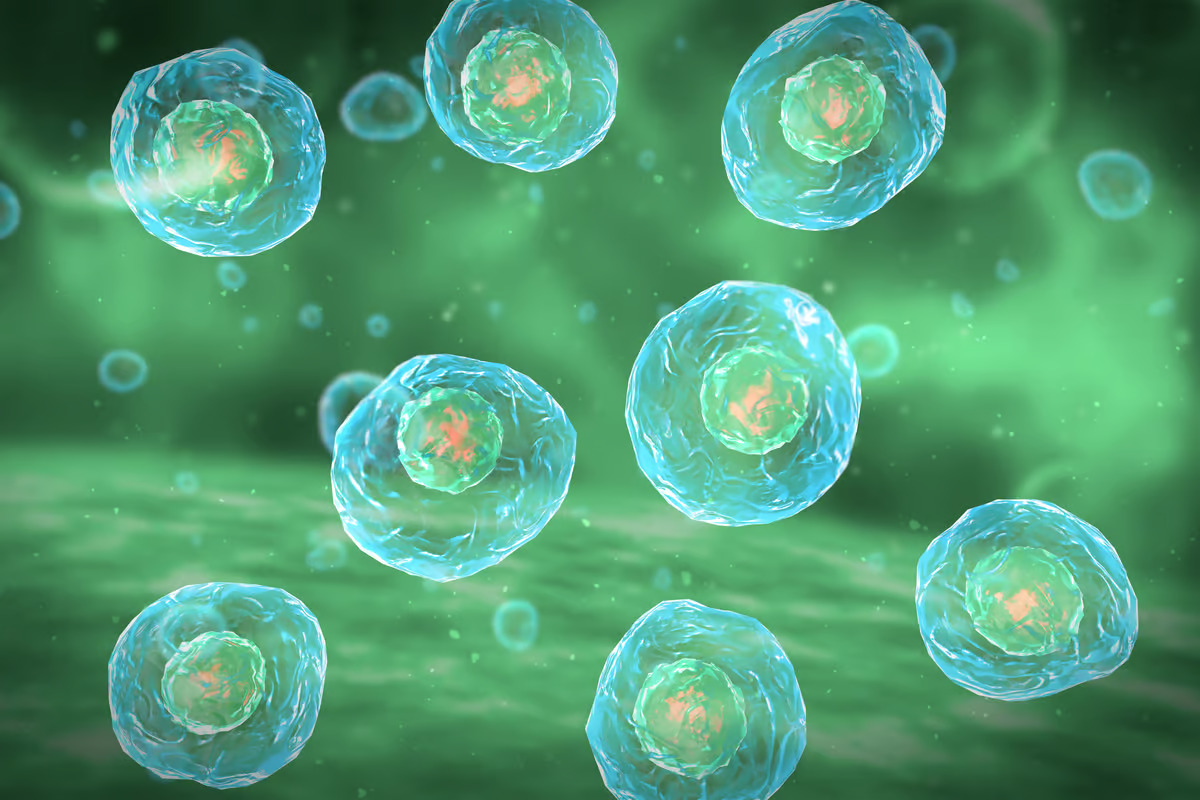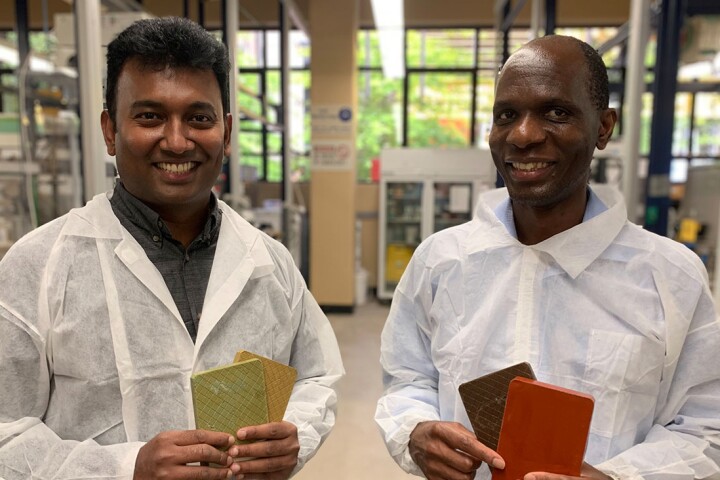 Scientists have identified a peptide that could potentially have helped kickstart life on Earth. Depositphotos
Scientists have identified a peptide that could potentially have helped kickstart life on Earth. Depositphotos
–
It seems that the first living organisms appeared fairly soon after the Earth itself was born – but how? At some point non-living material must have begun performing biological functions, and finding out how that happened would be one of the most important breakthroughs in scientific history.
In recent years, scientists have been conducting experiments with artificial evolution and cooking up primordial soups to explore the kinds of chemical reactions that might have occurred on early Earth, in order to start stacking the building blocks of life. And in a new study, researchers at Rutgers University and the City College of New York worked backwards from current biology to find a possible starting point.
“Scientists believe that sometime between 3.5 and 3.8 billion years ago there was a tipping point, something that kickstarted the change from prebiotic chemistry – molecules before life – to living, biological systems,” said Vikas Nanda, corresponding author of the study. “We believe the change was sparked by a few small precursor proteins that performed key steps in an ancient metabolic reaction. And we think we’ve found one of these ‘pioneer peptides.’”
According to the researchers’ reasoning, any potential progenitor chemical would have to be active enough to drive biochemical processes, but remain simple enough to assemble spontaneously in the primordial soup. So to find the right candidate, the team pared down modern metabolic proteins to their most basic structure.
After much experimentation, one particularly promising candidate emerged – a peptide made up of just 13 amino acids, which binds two nickel ions to its backbone. As such, the scientists gave the molecule the nickname “nickelback.”
This peptide seems to fit the bill on all counts, the team says. Not only is it simple, but nickel is thought to have been an abundant metal in the early oceans. And of course, it’s highly chemically active – the nickel ions act as strong catalysts to produce hydrogen gas, which would have been a key energy source for metabolic processes.
Of course, this doesn’t necessarily mean that nickelback is specifically responsible for all life on Earth, but it could help us understand that vital transition. And it could also lead to new biosignatures that astronomers could use to hunt for life on other planets.
“This is important because, while there are many theories about the origins of life, there are very few actual laboratory tests of these ideas,” said Nanda. “This work shows that, not only are simple protein metabolic enzymes possible, but that they are very stable and very active – making them a plausible starting point for life.”
The research was published in the journal Science Advances.
Source: Rutgers University























